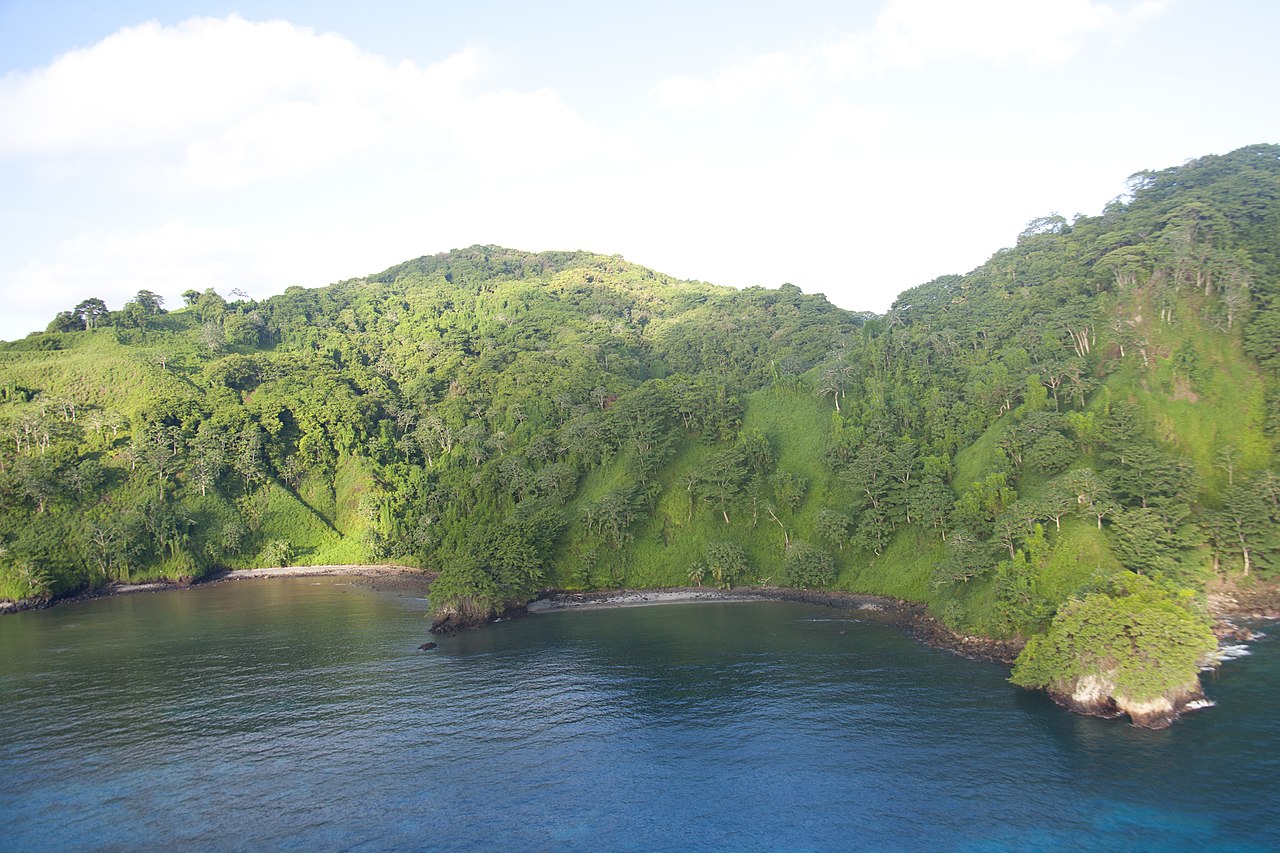
Surely you have heard of Coco Island when informing you about trips to Costa Rica. However, this wonderful natural space is located away from the continental territory of that country, specifically, about five hundred and thirty kilometers from its coasts.
In addition, Cocos Island is outside the traditional tourist circuits who visit the nation of the "Pure Life", a slogan that has made a fortune around the world. Not in vain, it is a declared national park Heritage in which you will not find hotels or other vacation facilities. However, under certain conditions, you can visit it and enjoy its impressive landscapes. Therefore, we are going to explain everything you need to know about Cocos Island.
A Little History
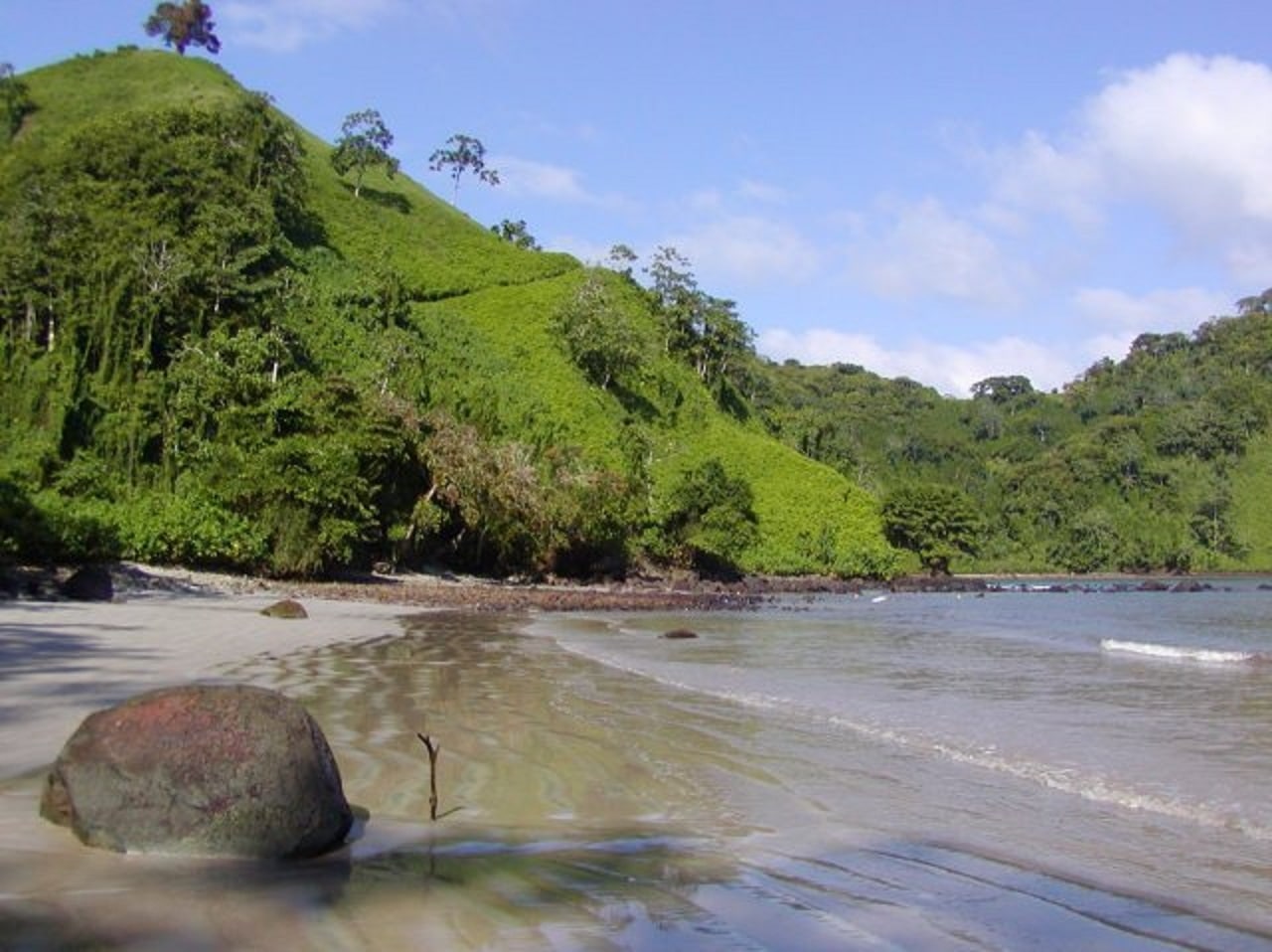
Chatham Beach, Cocos Island
This beautiful natural enclave was discovered in 1526 by the Spanish sailor Juan Cabezas. However, she is not registered on a map until fifteen years later. Already from those early times she served as haven for pirates that devastated the Pacific coasts. This has given rise to numerous legends and curious stories.
It is said that mythical corsairs such as Henry Morgan o William Thompson. But, above all, that there they hid their treasures William davies o «Bloody Sword» Nice. And there must be some truth in all this. Because, already in 1889, the German settled on the island August Gissler, who would come to serve as lieutenant general of the same.
But, above all, he dedicated eighteen years of his life to searching its soil for hidden treasures. He never found them, but he was luckier, according to legend, another seeker. He was named john keating and he was a wealthy businessman. No one knew the origin of his fortune until, already on his deathbed, he himself confessed that it came from the discovery of one of the treasures of Cocos Island. In his case, he would have ended up in it after a shipwreck and apparently had better luck than Gissler.
And also many others. Because up to five hundred expeditions have been counted that arrived on the island in search of its supposed riches without finding them. In any case, currently, Cocos Island is today, as we told you, one of the many Costa Rican national parks. And also a wetland area of international importance by the Ramsar Convention.
All this will give you an idea of the enormous environmental importance of this site. But, later we will delve into it. Now we are going to show you how to get there.
Where is Cocos Island and how to get there
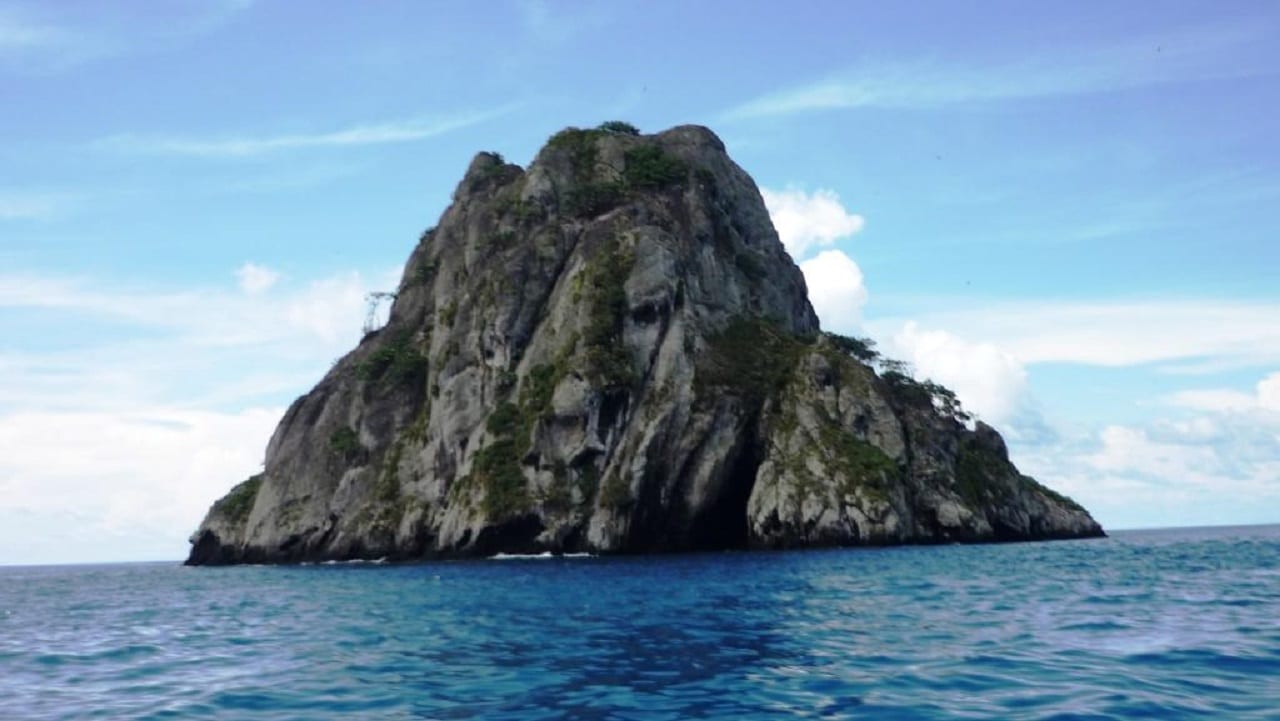
Manuelita islet, next to Cocos Island
Isla del Coco is in full Pacific Ocean, about thirty-six hours away from mainland Costa Rica. Specifically, it is at the height of the nicoya peninsula, another natural wonder full of protected spaces that we will talk about. Like a part of it, it belongs to the province of Puntarenas.
Precisely, its capital, of the same name, is the base from which the boats that reach the island, which has a surface area of just twenty-four square kilometers, depart. In its northern part is the beautiful wafer bay, where the houses of the natural park guards are.
This is precisely one of the most beautiful areas of the island. But, if you visit it, you should also see others like chatam beach or, already in the sea, the so-called Moais, a set of cliffs that rise from the water, and the Manuelita islet, much larger. But, in general, anywhere on the island offers you a wonderful landscape. We cannot fail to mention its numerous waterfalls and the so-called Cloudy forest.
Finally, more curious are the inscriptions made by pirates and the bridge over the genius river, designed by the Costa Rican artist Pancho and built with debris from the sea. But, above all, we have to talk to you about its flora and fauna.
The flora and fauna of Cocos Island
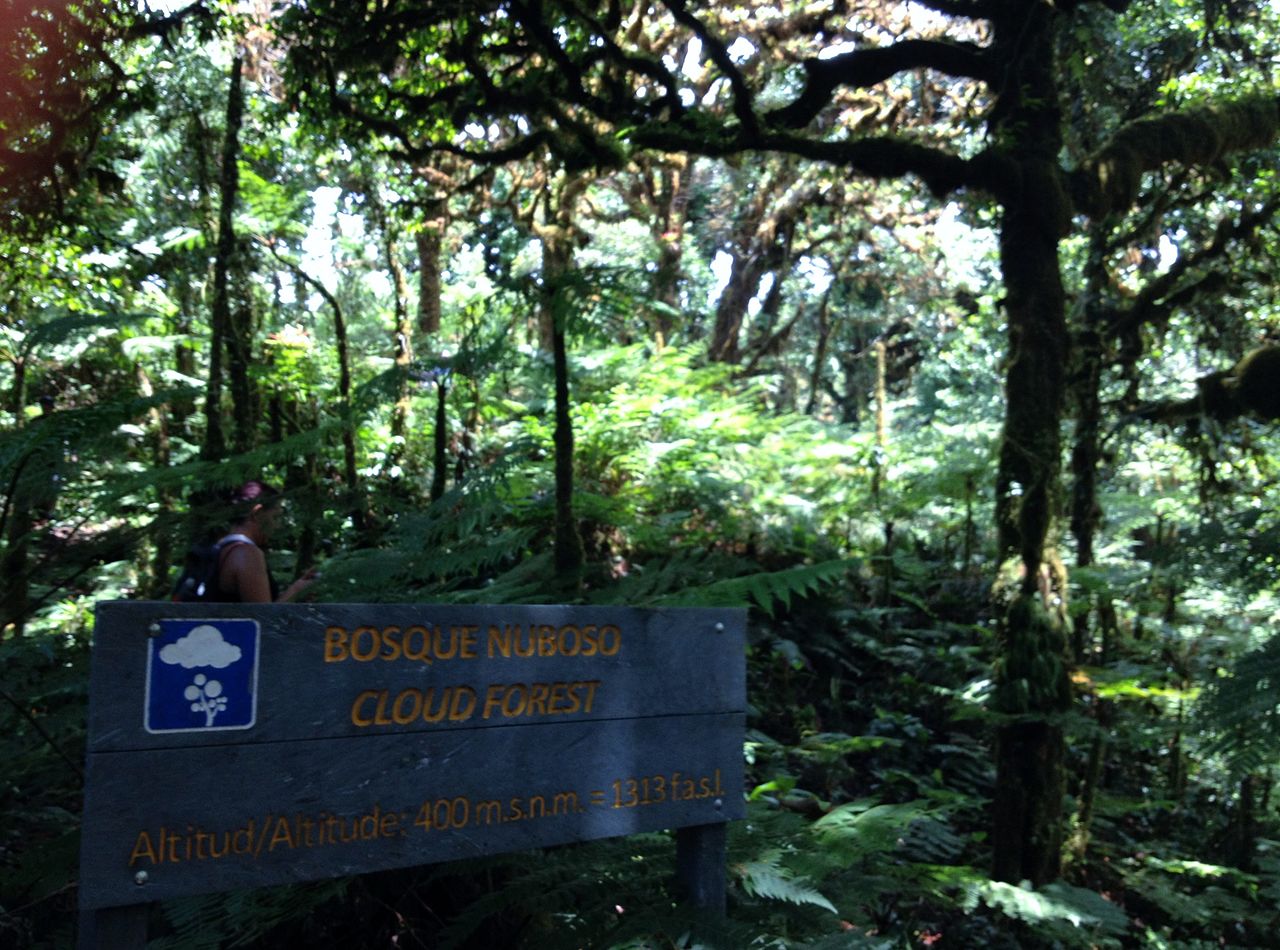
Cloud forest, one of the wonders of Cocos Island
The islet has a huge number of endemic species, that is, they are only found in it. But, above all, it stands out for its biological variety. As for the flora, 235 types of plants have been catalogued, of which 70 are, precisely, endemic. And, regarding the fauna, it has a huge number of insects, birds and even lizards and spiders, many of which are also unique to it.
But, if its terrestrial population is important, perhaps the marine population is even more so. One of the main reasons why visitors from all over the world come to the island is its wonderful life under the sea. Among the species that you can see while diving are the hammerhead or whale sharks, giant manta rays or dolphins.
But you will also find almost a hundred species of molluscs and about sixty crustaceans. Likewise, there are many caves and coral formations They have great beauty. The most recommended times for you to do scuba diving in the area are between January and March and from September to October. The sunny weather dominates and the waters are clearer.
In short, Cocos Island is a wonderful place that offers spectacular landscapes and constitutes an extraordinary natural reserve that we must protect. But, if you visit it, there are also many other sites that you can see. We are going to show you some of them.
Nicoya Peninsula
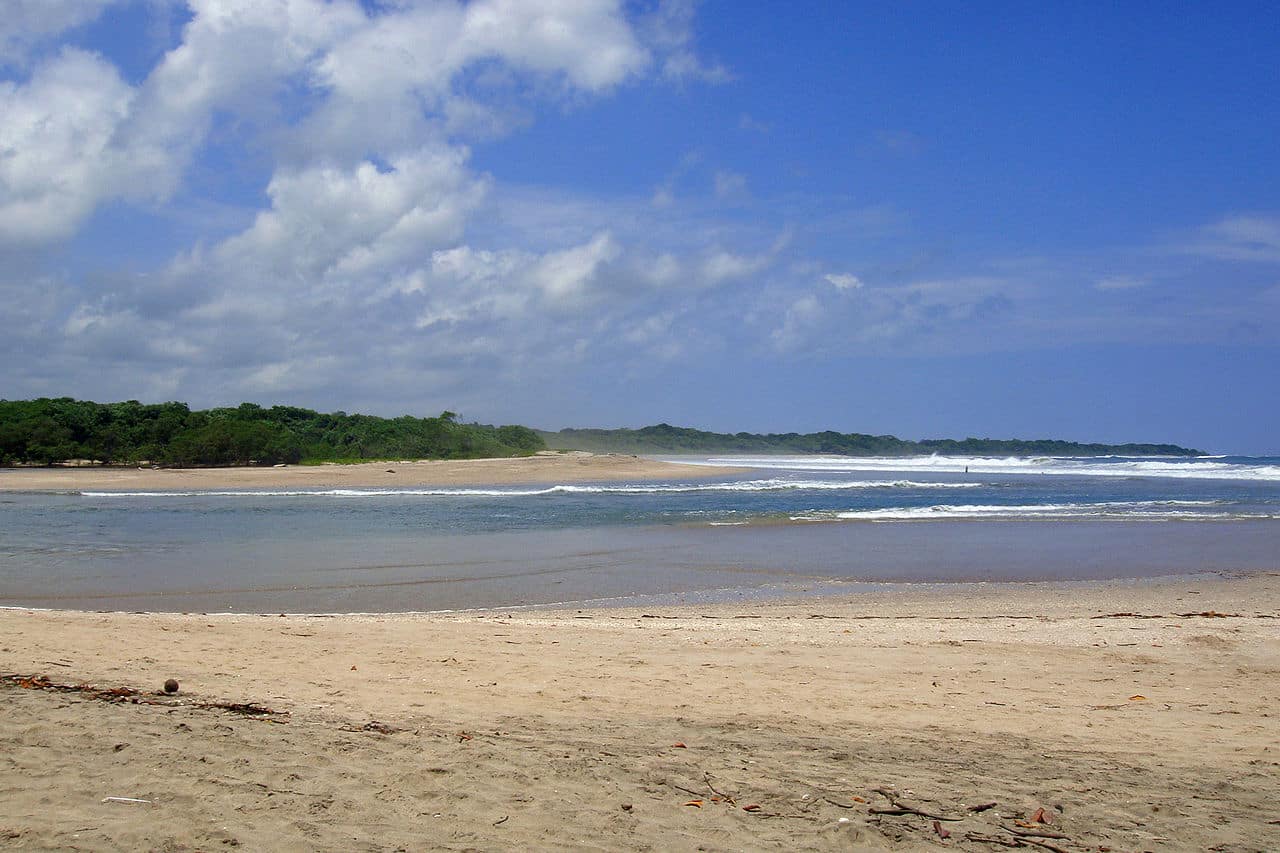
Las Baulas Marine Park, on the Nicoya Peninsula
This other wonder of nature is located right in front of Cocos Island. In fact, part of it belongs to the province of Puntarenas, from whose capital, as we told you, the boats leave for the islet. It is a vast territory of more than five thousand square kilometers in which exuberant tropical vegetation abounds.
As if all this were not enough, on this peninsula you will find impressive beaches, capes and gulfs, bays with large cliffs and mighty rivers. But above all you will see national parks such as those of Barra Honda, Diría or the seaside of Las Baulas.
The first of them, of almost three thousand three hundred hectares, stands out for its system of caves, some of which have not yet been explored. In fact, you can only visit two: La Cuevita and La Terciopelo. Regarding its vegetation, it is a dry tropical forest. On the other hand, Diriá, with an area of almost twenty-eight square kilometers, combines equally dry areas with other humid ones.
Finally, Las Baulas encompasses places as impressive as the beaches of Carbón, Ventanas and Langosta; mangroves like those of San Francisco and Tamarindos or hills like the Moro and Hermoso. However, its greatest ecological value lies in the fact that it is a nesting place for the leatherback turtle, which is considered the largest in the world and is in danger of extinction.
In turn, the entire Nicoya peninsula is divided into biological reserves and wildlife refuges. Among the first are those of Cabo Blanco, Nicolás Wessberg or Mata Redonda. And, regarding the latter, the refuges of Curú, Werner Sauter or Ostional.
Towns linked to Cocos Island
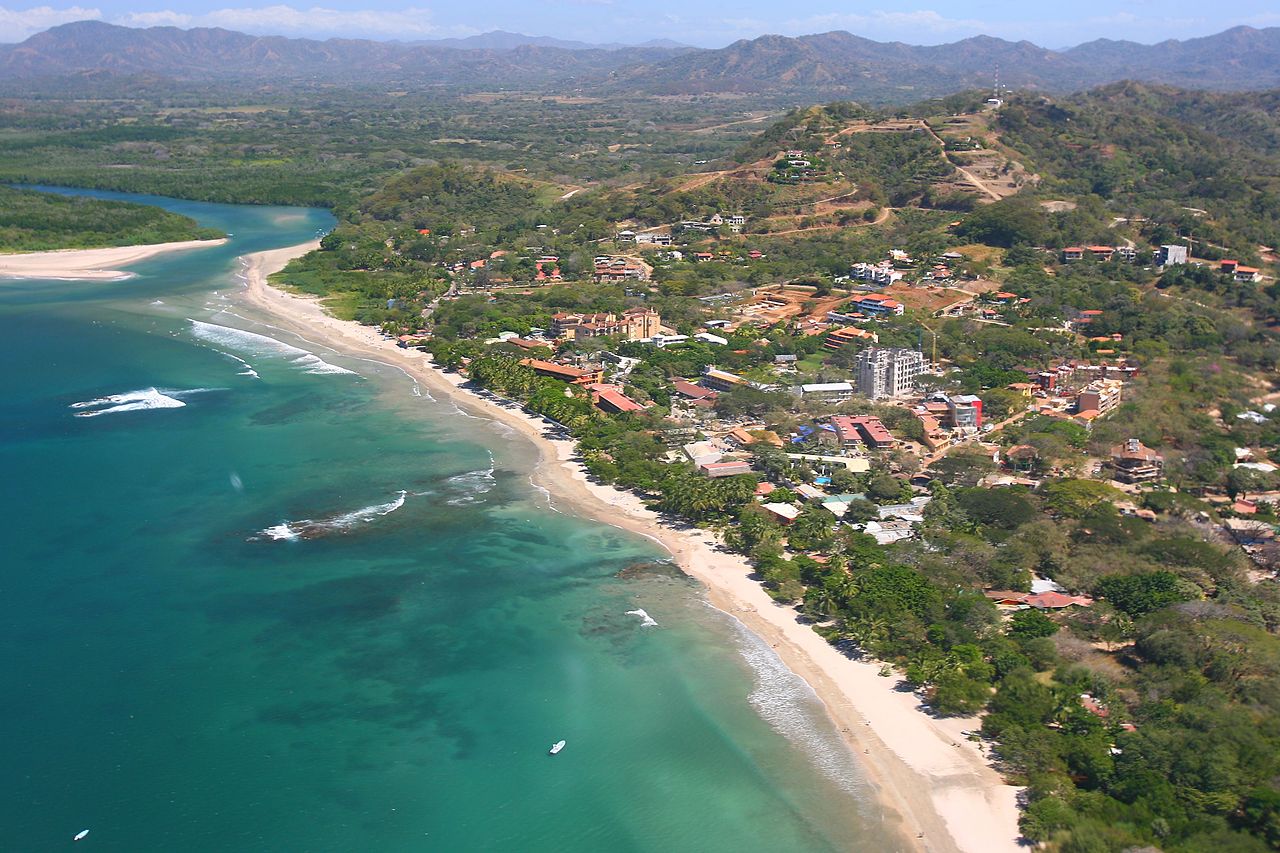
tamarindo bay
But you can also visit beautiful towns in Costa Rica related to this island. Some are small towns like the beautiful Tamarind o Puerto Cortés. In other cases, they are slightly larger populations like the one itself. Nicoya, Santa Cruz, White hair, Jacob o Q. And other times they are authentic cities like the ones that we are going to show you and that, in addition, are the respective capitals of the provinces of Puntarenas and Guanacaste.
Liberia
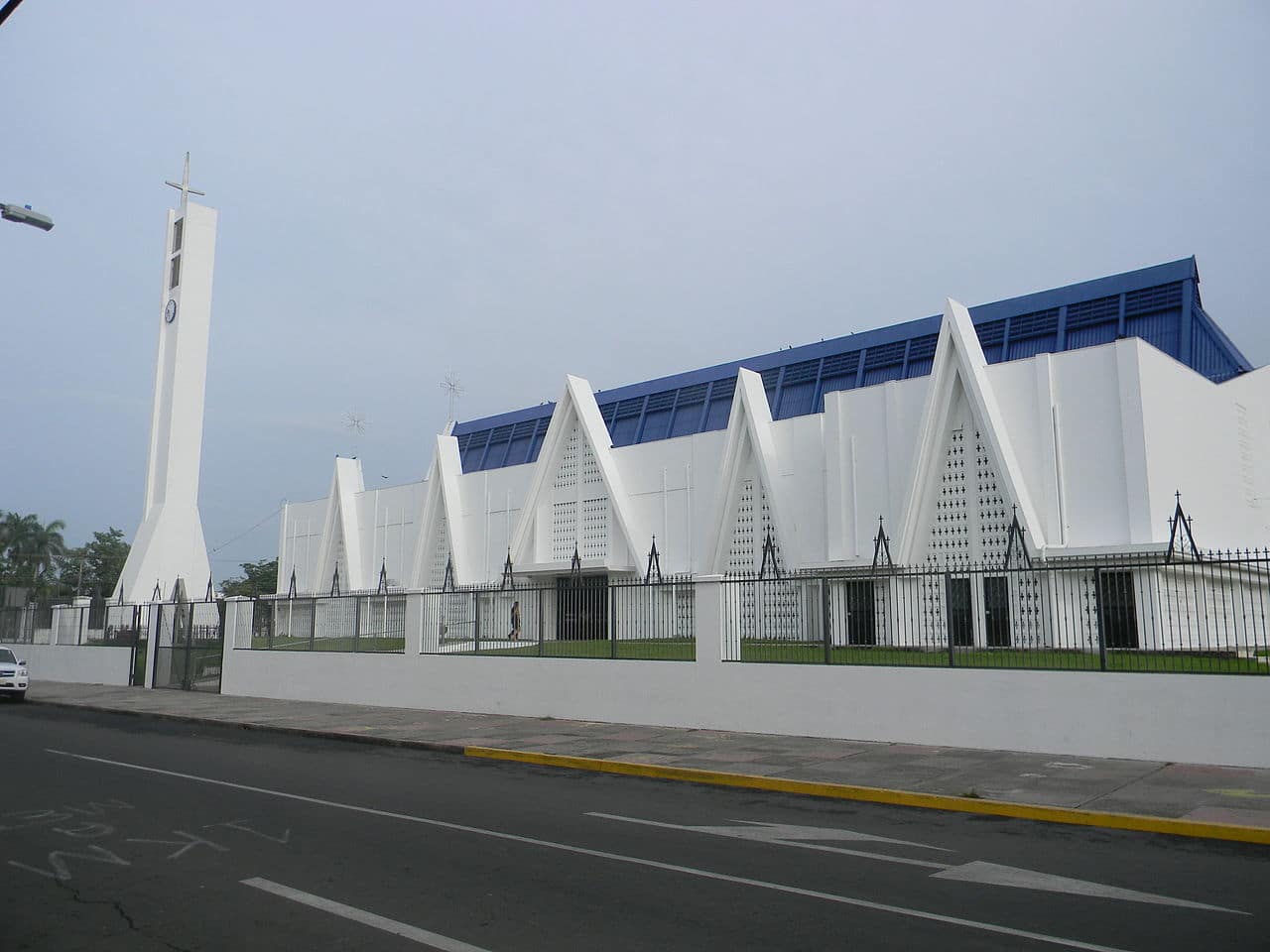
Cathedral of the Immaculate Conception, in Liberia
Capital of this last province, it is a town of almost seventy thousand inhabitants. In fact, it was formerly called Guanacaste. It is almost two hundred and twenty kilometers northwest of San Jose and has the second international airport in the nation. Therefore, it is very likely that you will reach it on your trip to Cocos Island.
This has made it one of the most visited cities in the country by tourism. In it, you have a beautiful patrimony of colonial houses. But, above all, we advise you to visit its imposing cathedral of the immaculate conception, with modern lines, although colossal.
You should also see the Hermitage of Agony, which was the first built in the town and which houses a museum of religious art. But, above all, don't stop walking around the real street, with its mosaics, which make up a whole journey through history.
Puntarenas
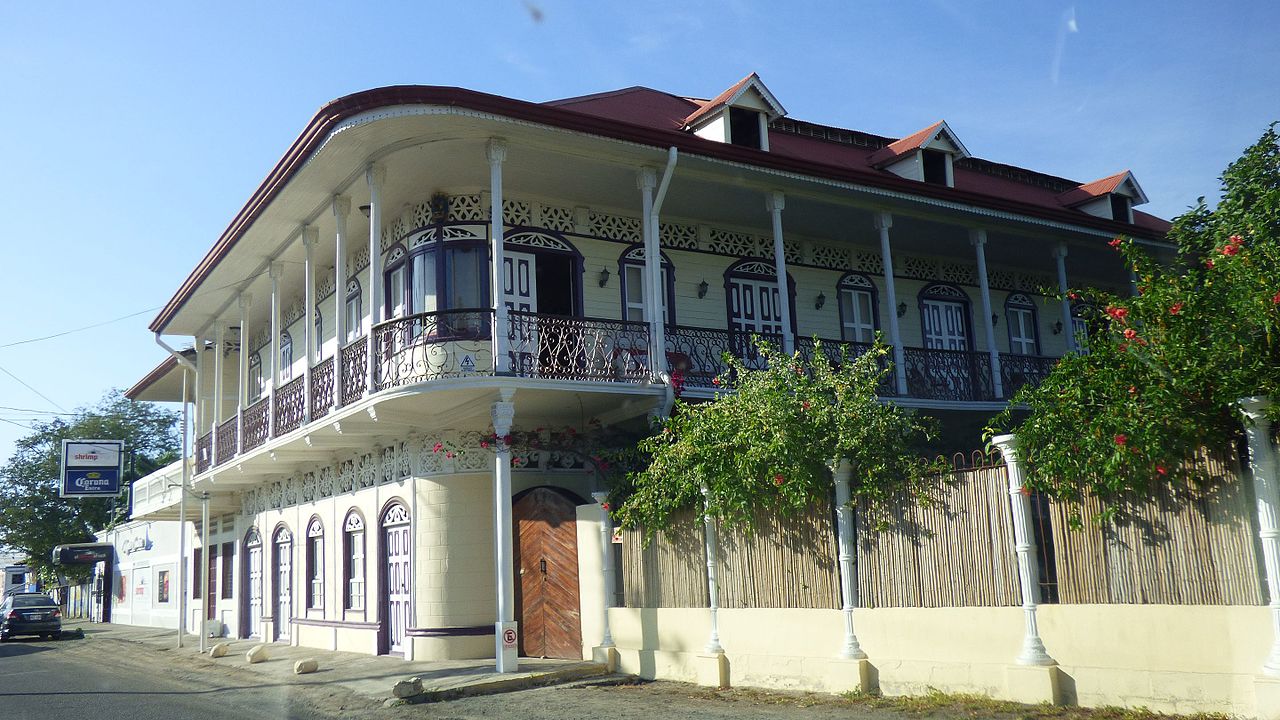
Casa Fait, colonial style, in Puntarenas
You should also go through this city, capital of the homonymous province, because the boats to Cocos Island leave from it. It is somewhat smaller than the previous one, since it has around forty thousand inhabitants, but just as beautiful. Likewise, it is very prepared for tourism. precisely, in the tourists walk there are numerous hotels and restaurants.
But, in addition, you have many places of interest in Puntarenas. One of its most beautiful monuments is the Cathedral of Our Lady of Mount Carmel, with its peculiar exposed stone façade, which was built in 1902. The Church of the Sacred Heart of Jesus, the captaincy buildings and the old port customs, as well as the House of Culture, which houses the Historic museum.
On the other hand, don't stop walking around the trade street, the nerve center of the city and also with colonial houses, and the squares of Los Caites and Los Baños. In the latter, you can also see the curious musical auditorium of the Acoustic Shell. And finally, visit the Pacific Marine Park, an aquarium that organizes playful activities for children.
In conclusion, we have explained everything you need to know about Coco Island. Dare to travel to her. But above all, discover Costa Rica, the land of “Pura Vida”, which overflows with beauty, history and the kindness of its inhabitants in equal parts.